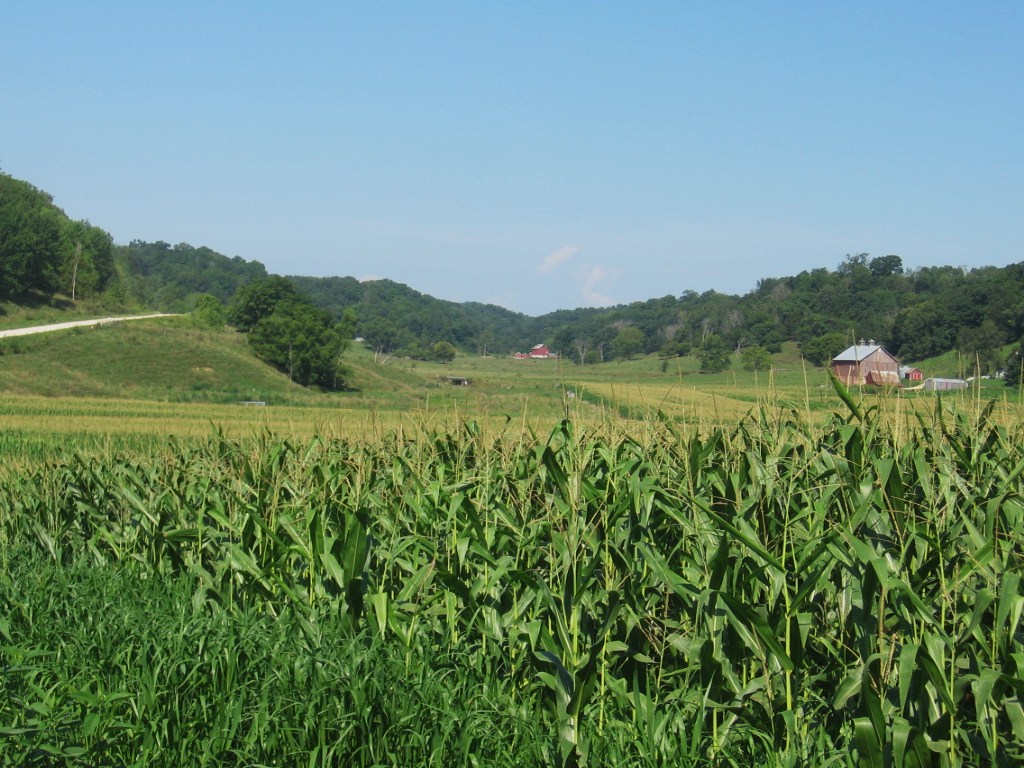The U.S. Department of Agriculture raised overall corn yield estimates in the Sept. 12 World Agricultural Supply and Demand Estimates by half a bushel an acre, where most analysts had expected a decrease. State by state yield maps showed yield increases in all the central Great Plains states except Oklahoma, while yields took a hit in North Carolina, South Carolina and Alabama.
The soybean balance sheet saw little change, as U.S. soybean supply and use changes for 2024-25 included slightly lower beginning stocks, production and ending stocks.
Corn production for 2024-25 was forecast at 15.2 billion bushels, up 39 million bushels from last month’s forecast on the 0.5-bushel increase in yield to 183.6 bushels per acre. It’s down slightly from last year’s 15.3 billion bushels.
The harvested area for grain remained unchanged at 82.7 million acres. Total U.S. corn use was unchanged at 15 billion bushels. With supply falling and use unchanged, ending stocks were reduced by 16 million bushels to 2.1 billion bushels.
Farmers entered the 2024 harvest with 64% and 65% of their corn and soybean crops, respectively, in “good to excellent” condition, according to the Sept. 9 USDA crop progress report for the week ending Sept. 8. That’s 12 points higher than last year at the same time for corn.
Projected beginning stocks for 2024-25 were 55 million bushels lower, based on increases in exports and corn used for ethanol for 2023-24. Ethanol use was raised by 15 million bushels. Projected fourth-quarter corn exports were the highest in six years, with most of the increase going to Mexico.
Corn production for 2024-25 was forecast at 15.2 billion bushels, up 39 million bushels from last month’s forecast on a 0.5-bushel increase in yield to 183.6 bushels per acre.
Global corn production for 2024-25 was forecast 1.8 million tons lower to 1.502 billion. Declines for the European Union, Ghana, Russia and Serbia were partially offset by increases for Tanzania and Canada. EU corn production was lowered based on reductions for Romania and Hungary due to hot and dry conditions beginning in July, but partially offset by an increase for France.
Lower soybean stocks, production
Lower soybean beginning stocks reflected a slight increase to crush for 2023-24. Soybean production for 2024-25 was projected down by 3 million bushels to 4.6 billion. With 2024-25 soybean crush and exports unchanged, ending stocks were projected at 550 million bushels, down by 10 million from the previous month.
Global oilseed production was reduced by 2.8 million tons to 552.7 million tons, mainly on lower canola and sunflower oil production for the EU, Ukraine, Kazakhstan and Moldova.
Soybean production for Paraguay was increased for 2022-23 through 2024-25 on higher planted area and accounted for most of the increase in foreign soybean production. Canada also saw higher production, offset by lower output from the EU and Serbia.
Global soybean trade for 2024-25 was increased to 181.6 million tons on higher exports for Paraguay and imports for Argentina. Global soybean ending stocks are increased 0.3 million tons to 134.6 million as higher stocks for Argentina and Canada were partly offset by lower stocks for the United States and the EU.
David Murray can be reached at [email protected].




